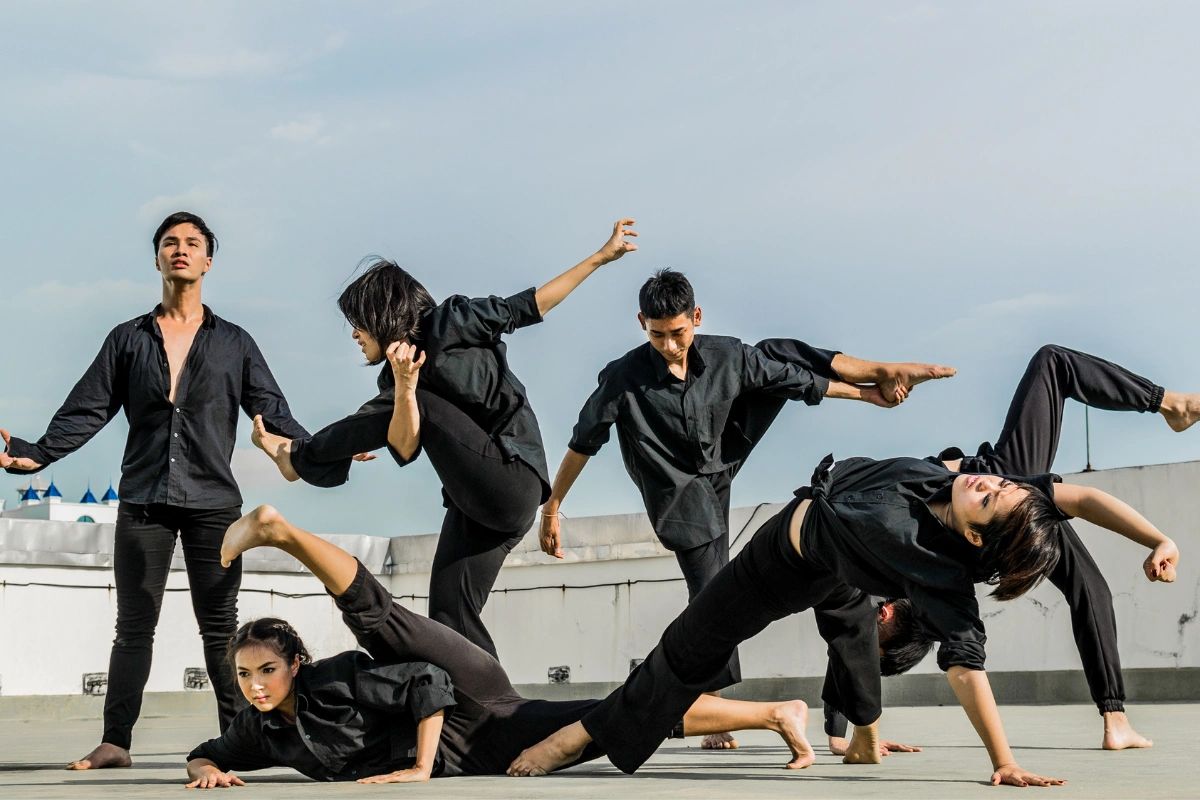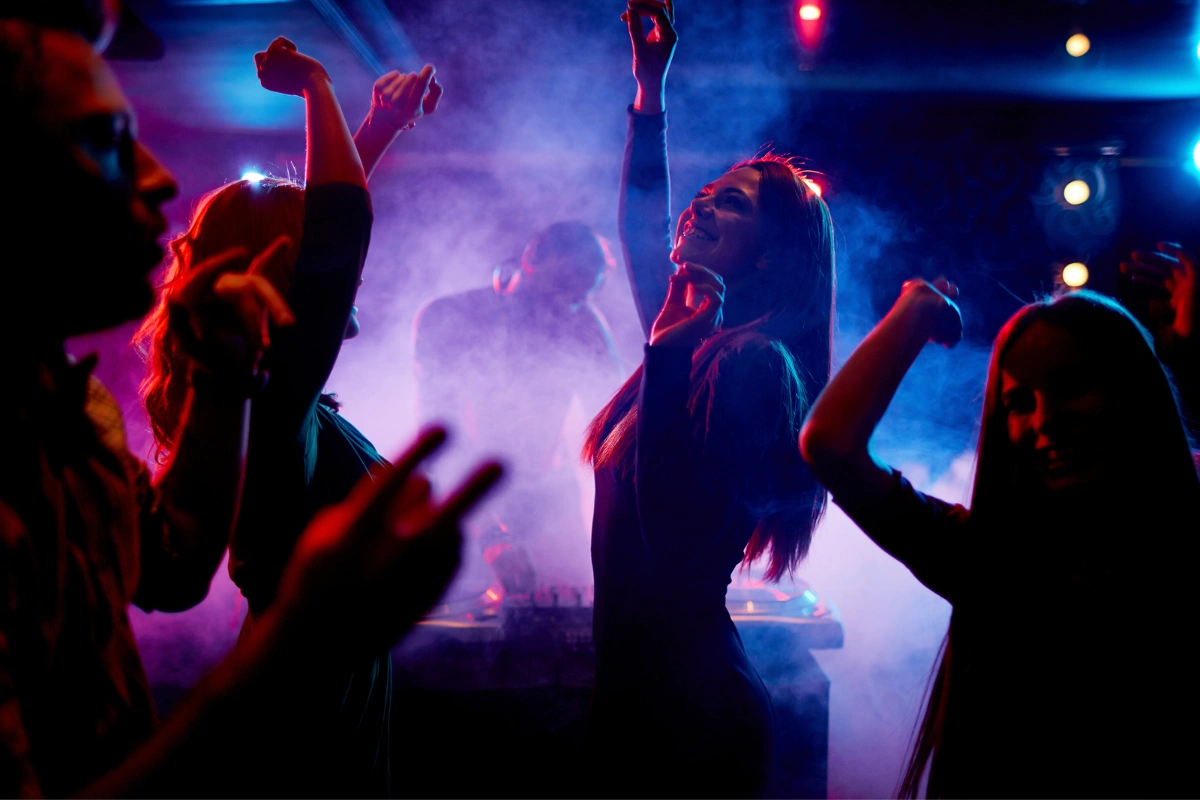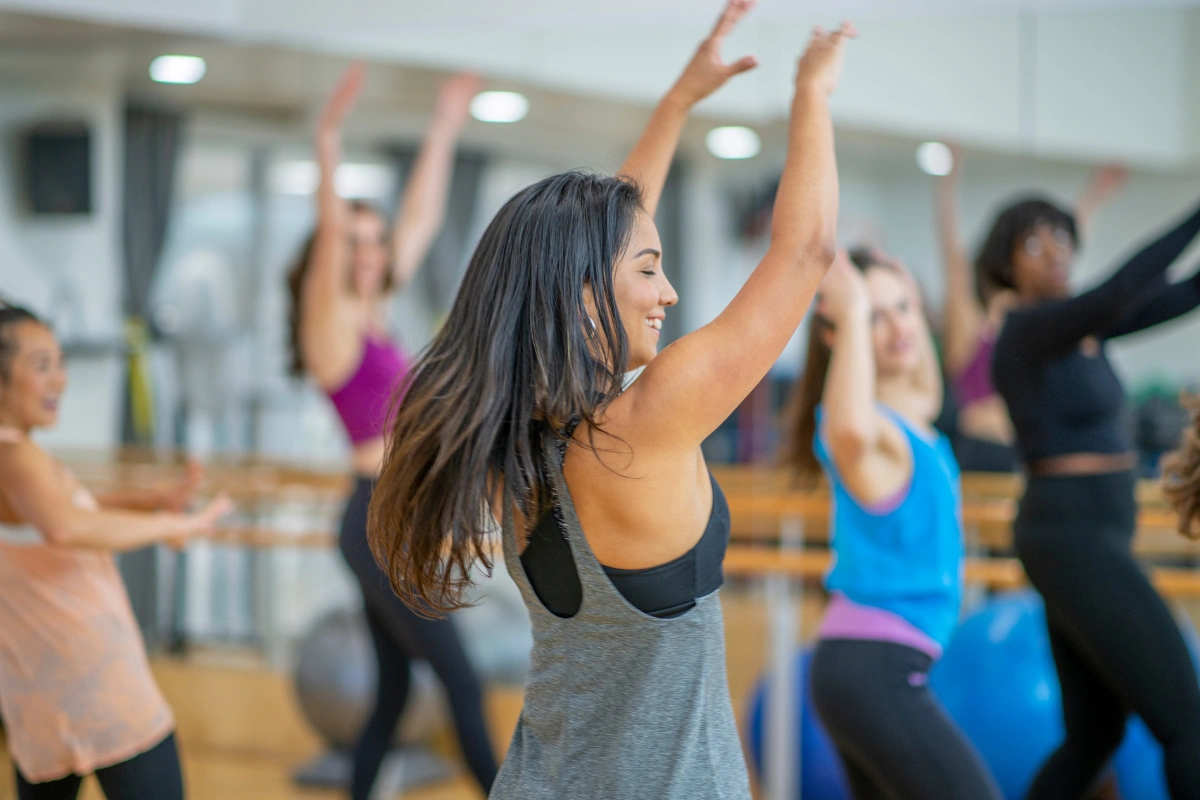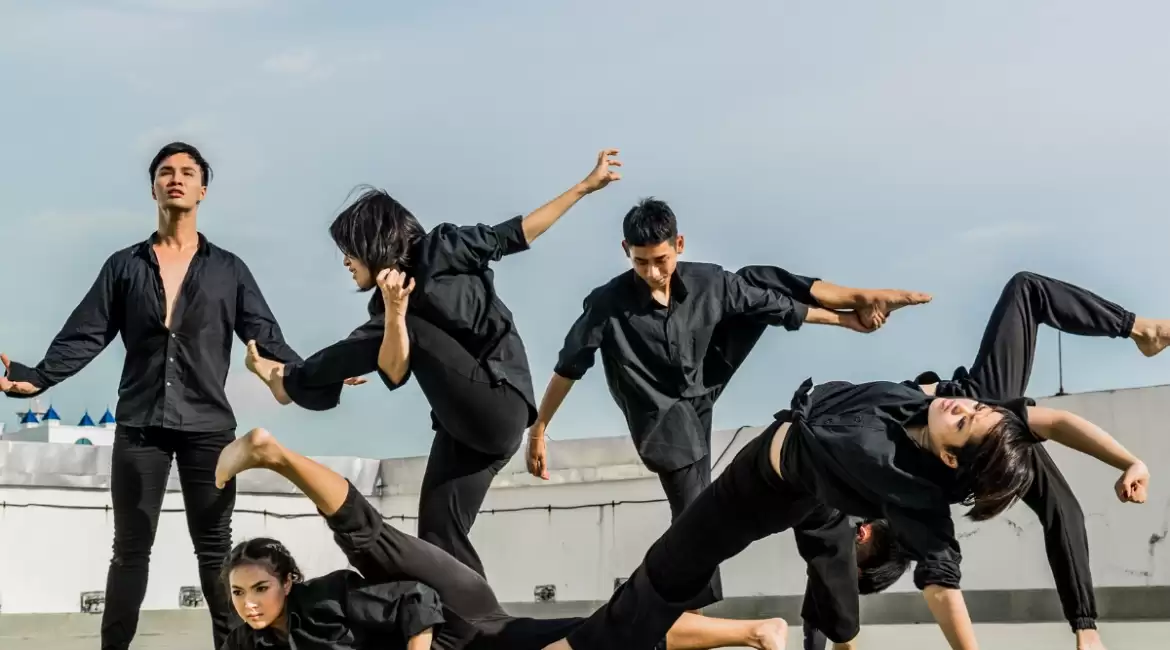Dance, as an art form, possesses a unique ability to transcend boundaries and communicate profound emotions, stories, and cultural narratives. At its core lies authenticity—a concept that encompasses far more than mere technical proficiency or adherence to prescribed movements. Authenticity in dance embodies a deep connection to the cultural roots, historical contexts, and personal experiences that shape each movement and expression.
In this exploration of authenticity in dance, we embark on a journey to unravel the layers of meaning embedded within various dance styles and practices. From the vibrant rhythms of Hip Hop to the graceful movements of Ballet, authenticity emerges as a guiding principle that infuses each step with significance and resonance.
Through insightful analysis, personal anecdotes, and cultural examinations, we delve into the complexities of authenticity in dance. We navigate the delicate balance between appreciation and appropriation, acknowledging the profound impact of cultural exchange while advocating for respect, understanding, and ethical engagement.
Join us as we unravel the essence of authenticity in dance, uncovering the stories, traditions, and voices that enrich this dynamic and evolving art form. Together, we embark on a journey of discovery, celebration, and reverence for the diverse tapestry of dance cultures that unite us as a global community of movers, creators, and storytellers.

What does the word authentic mean?
When we consult the dictionary, we are often presented with simplistic definitions such as real, genuine, or original. However, the concept of authenticity, especially within the context of dance culture, transcends such basic definitions.
Dance culture is a living, breathing entity that constantly evolves, reflecting the experiences and expressions of the communities it encompasses. Thus, the determination of what constitutes authenticity in dance becomes a nuanced and dynamic process.
Consider the emergence of a new dance style: its adoption and popularity stem from its resonance with a particular community, embodying their collective experiences and emotions. These lived experiences become the very essence that defines the authenticity of the style.
For instance, the birth of Hip Hop in the Bronx was a response to the socio-economic challenges faced by young Black dancers. It served as an outlet for emotional expression, offering a positive alternative to the prevalent issues of drugs and violence rooted in segregation’s historical legacy.
As Hip Hop spread, its authenticity remained anchored in the original emotions and struggles of its creators. However, this does not imply stagnation or resistance to change. Rather, new generations of dancers infuse their own narratives and perspectives, enriching the dance form while preserving its core essence.
Authenticity in Hip Hop, therefore, encompasses more than mere adherence to traditional movements or styles. It encompasses a deep connection to the culture, community, and intentions that birthed the art form. To be authentic in Hip Hop is to embody not only the movements but also the soul, history, and passion that define its essence.

How to stay authentic as a dancer
Achieving authenticity in dance goes beyond mastering steps and routines; it requires a profound connection to the cultures and communities from which each dance style originates. Here’s a comprehensive guide to staying true to the essence of dance:
- Cultural Immersion: Immerse yourself in the cultures that birthed each dance style. Understand the historical and social context in which these movements evolved. For instance, House movement originated in the underground clubs where Black DJs experimented with breaks, afro beats, and electronic music.
- Learn from the Source: Seek instruction from individuals who have firsthand experience in the dance’s cultural milieu. Take classes from instructors who are deeply rooted in the underground club scene, or better yet, frequent those clubs yourself. By learning from those who understand the intention behind the movements, you can execute them authentically.
- Respect and Honor: Approach each dance style with reverence and respect for its origins. For example, if you’re incorporating Breaking moves into your choreography, recognize that Breaking is an integral part of Hip Hop culture that emerged from freestyle sessions within Black and Puerto Rican communities in New York. Attend legitimate freestyle Breaking sessions to deepen your understanding and connection to the culture.
- Authentic Engagement: Avoid superficial appropriation by genuinely engaging with the communities and individuals immersed in the dance culture. Initiate conversations, build relationships, and seek guidance from those who hold knowledge and experience in the dance styles you’re exploring.
- Continuous Learning: Recognize that authenticity is an ongoing journey of learning and growth. Stay open-minded and receptive to feedback, especially as dance styles evolve and cultural sensitivities shift. Acknowledge the complexities of cultural appropriation and strive to navigate them with humility and awareness.
- Foundation in History and Culture: Just as mastering dance basics and foundations is essential, understanding the history and cultural context behind each style is integral to authentic expression. Without this foundation, executing the movements may lack depth and authenticity.
- Navigating Complexity: Understand that the line between authentic appreciation and cultural appropriation can be blurred, particularly as dance styles become more mainstream. This challenge is particularly pertinent for new dancers and media companies/advertisers who may not fully grasp the personal significance of certain dances. Embrace a willingness to learn and approach the exploration of dance with sensitivity and respect.
By embracing these principles and practices, dancers can cultivate authenticity in their craft, honoring the rich traditions and cultural narratives embedded within each movement.
Appreciation vs Appropriation
When dancers, companies, and media outlets adopt dance moves from various cultural backgrounds, they often fail to acknowledge or compensate the original creators. While this oversight may not stem from malicious intent, it reflects a lack of understanding regarding the cultural significance of these movements. For instance, certain dance moves hold deep cultural significance within specific Black fraternities, symbolizing rites of passage and communal identity.
In such instances, it is crucial to acknowledge the appropriation, educate oneself about its implications, and take corrective action. Ignoring the issue can have profound repercussions, as the appropriation of dance cultures, even unwittingly, disregards the struggles and sacrifices endured by their originators. It trivializes the experiences of those who have faced discrimination, lost job opportunities, or dedicated countless hours perfecting these moves in clandestine settings.
Moreover, commercialization often exacerbates the problem, as fashion and media industries exploit dance moves to market products or personas, often divorcing them from their historical and cultural contexts in favor of superficial allure.

In response, dancers are increasingly using social media platforms to voice their concerns about appropriation. However, these discussions frequently stall without meaningful dialogue or actionable steps for improvement. To foster authenticity in the dance community, it is imperative to cultivate curiosity and actively seek knowledge about the roots of different dance styles.
One can demonstrate appreciation by crediting and honoring the sources that inspire them, whether through social media acknowledgments, program credits, or interviews. Additionally, supporting creators’ endeavors, such as attending classes, screenings, cultural events, or performances, amplifies their voices and contributions.
It’s important to recognize that dance is inherently political, and silence or inaction can perpetuate harmful dynamics. Each instance of support for marginalized communities represents a vote for the preservation and recognition of their cultural heritage.
Efforts to mitigate cultural appropriation are not about erecting barriers but dismantling them, fostering mutual respect and appreciation between dominant and minority cultures. Authenticity transcends mere genuineness or originality; it requires a deep understanding of the underlying meanings behind one’s movements and intentions.
Ultimately, authenticity is palpable—it resonates not only within oneself but also reverberates throughout the community, signaling a commitment to genuine representation and cultural reverence.
Summary
Authenticity in dance serves as the soulful underpinning of this dynamic art form, encompassing a myriad of dimensions beyond mere technical proficiency. At its core, authenticity represents a deep-rooted connection to cultural heritage, historical context, and individual expression. This exploration embarks on a comprehensive journey through the diverse landscape of dance styles, from the raw energy of Hip Hop to the elegant precision of Ballet.
Each dance style carries its own unique narrative, shaped by the communities, traditions, and experiences from which it emerges. Through an examination of these diverse forms, we uncover the multifaceted nature of authenticity, wherein movements become imbued with layers of meaning, symbolism, and emotional resonance.
However, the concept of authenticity in dance also invites reflection on the complexities of cultural exchange and appropriation. While appreciation and cross-cultural influences enrich the dance landscape, it is imperative to navigate these interactions with sensitivity, respect, and ethical engagement. By honoring the origins and significance of each movement, dancers and enthusiasts alike can contribute to the preservation and celebration of diverse dance cultures.
In essence, this exploration of authenticity in dance invites us to embark on a journey of discovery, celebration, and reverence for the rich tapestry of human expression encapsulated within the art form. It is a testament to the power of dance to transcend boundaries, connect communities, and illuminate the universal human experience.


Leave a reply